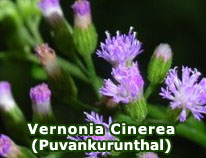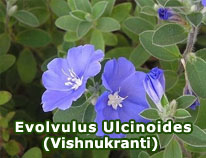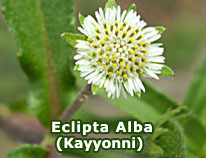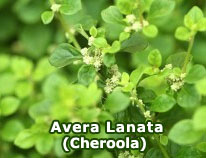Ayurvedic Herbal Combinations, Controlling the Effects of Ayurvedic Medicinal Herbs
March 24th, 2007 | admin
The whole is greater than the sum of the parts
Ayurveda, by its very nature is the directions for living a balances life that in turn will keep in balanced state all our body tissues and energies. Any imbalance will cause disease.
Unlike Allopathic medicine, Ayurveda doesnÂ’t take any disease or condition in isolation. Ayurvedic practitioners want to give back the balanced mental and physical state to a personÂ’s body and mind. Ayurveda suggests a lot of single herbs and combination herbs for the treatment of a variety of diseases.
Modern researches singles out a specific alkaloid or chemical composition in the plant extract responsible for the positive result. Then the natural thought will go like administering that single chemical combination for the desired results. Here lies a problem.
While the chemical combination can put straight the imbalance, the same chemical can cause imbalance elsewhere. That imbalance requires another treatment, which leads to the creation of another imbalance in body system. Here is the importance of using whole herb, or herbal combination as directed.
When a part of the herbal extract balances the system, the other constituents – alkaloids, flavonoids, etc keep other imbalances from occurring. Nature is so knowledgeable that it packed different constituents in plant physiology.
Ayurvedic herbs, all of them used in medicines, have different medicinal properties or balancing capabilities. When a specific chemical is extracted and administered to a patient of a specific disease, it sure will pacify the condition, but the problem is there are chances for vitiation of balance in other parts of the system. This reaction of chemicals is commonly called side effects. An Ayurvedic practitioner first identifies the dosha type of a person prior to suggesting a specific treatment option, partly because of this reason.
More on herbal combinations
Each component of herbal combinations has specific and general tasks.
1. The main aim of the medicine is to cure the disease.
2. The medicines have combinations that help the body in better assimilation of the curable and regenerating part of the medicine.
3. Removal of toxic impurities or bodily wastes (ama and mala) and strengthening of body system is performed by another group of constituents.
4. There are also balancing factors that will soften the side effects associated with any Ayurvedic medicines.
A specific plant or herb may or may not have all the four qualities. The best example for the herbal combination is triphala. It is a complete balanced medical formulation that has all the requisites – removing impurities, strengthening body system and curing any imbalances or diseases.














 Loading ...
Loading ...





